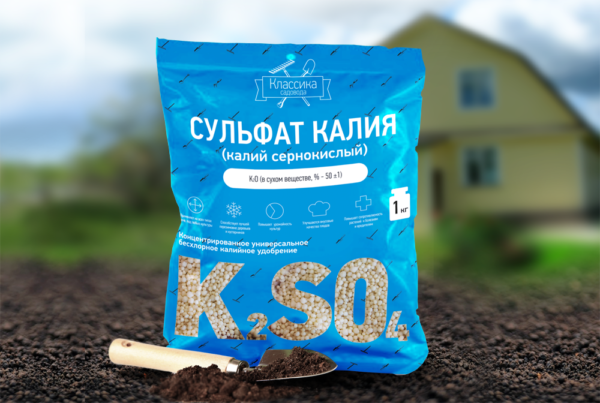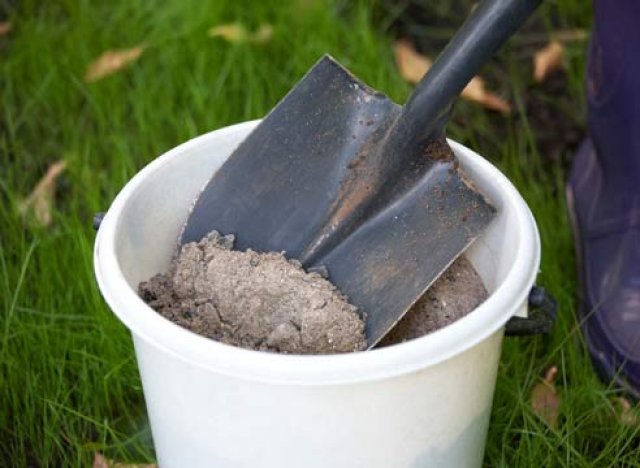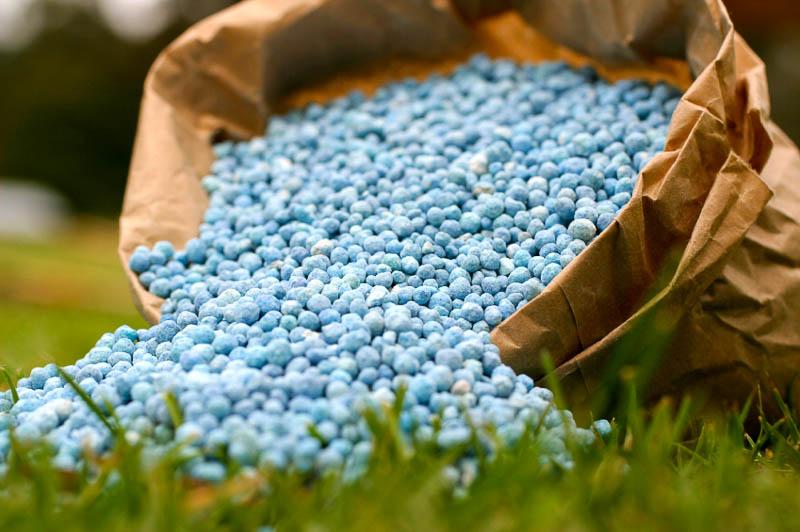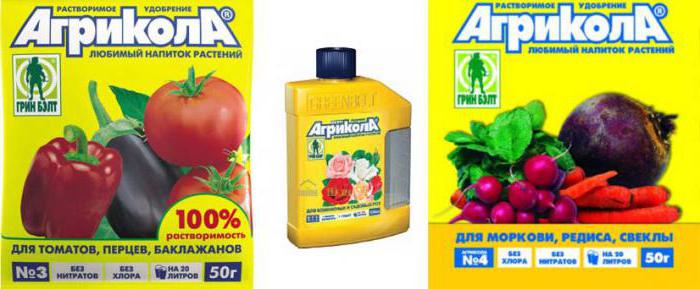Content:
Tomatoes are a rather picky vegetable crop, which requires full care and the introduction of various dressings and fertilizers. One of them is potassium - K2O. It helps plants to root and grow faster, and improves fruit storage.
Why use potash top dressing
Potassium for tomatoes is a top dressing that must be applied already at the seedling stage for:
- Growth and development of the root system, stems, leaves, ovaries.
- Rooting the plant after transplanting.
- Increasing the content of essential substances in fruits.
- Timely ripening.
- Protection against various bacterial diseases.
- Extracts by plants of variable weather conditions.
- Improved palatability.
Lack of potassium
You should know and pay attention to the symptoms of potassium deficiency in tomatoes in order to take timely measures to prevent problems.
The obvious signs of a lack of this compound in tomatoes are the following:
- Leaf change - the appearance of dry edges, first light, then brown.
- The spread of drying leaves around the perimeter.
- Insufficient amount of ovary formation.
- Uneven ripening of vegetables.
- The presence of unripe spots on the fruit at the stalk.
The appearance of such signs indicates a lack of the necessary microelement for plants and the need for potassium fertilizers.
How to use potassium for tomatoes
It is necessary to adhere to the instructions, which indicate the dosage and frequency of use, as well as the possible method of application:
- Dry. Fertilizer is thrown into the soil during digging or into prepared soil.
- Dissolved in water, it is applied under the root of the plant when it is watered.
- In the form of foliar nutrition. This method is applied by spraying and treating fruits and foliage.
To properly feed tomatoes, you need to make at least four root dressings:
- after transplanting seedlings into the garden;
- before flowering;
- during the formation of the first ovaries and flowering;
- during the period of fruit ripening.
It is necessary to feed tomatoes in a greenhouse more often, since the elements necessary for the plant are absorbed faster, which is due to high humidity and poor lighting.
Potash fertilizers for tomatoes - names and types
Different soil structures contain different amounts of trace elements in their composition, therefore there are several types and names of potash fertilizers. Taking into account the peculiarities of feeding and the type of soil, you can choose the right food for vegetables.
First of all, fertilizers are subdivided into mineral, organic and complex fertilizers. Before deciding on the type of potash fertilizer, you need to familiarize yourself with its composition and the possibility of using it on a specific soil.This is especially true of mineral fertilizers, since they have a greater effect on the acid-base balance. Organic substances, which include potassium, are milder, but require regular use.
Ash
Furnace ash is a valuable source of potassium. As a rule, it is combined with other types of fertilizers, if not harvested in sufficient quantities.
Ash advantages:
- Can be used in all soils. Ash is especially useful for peat soils, where there is a lack of trace elements with a very high acidity of the soil.
- Does not contain chlorine.
Potassium can be obtained from ash by burning dry manure, straw, branches, leaves, firewood, especially birch and pine.
It is useful to water young plants with ash, which will provide them with adequate nutrition and further development.
Potassium sulfate - fertilizer, application for tomatoes
Mineral fertilizer that saturates the soil with potassium, promoting plant growth and fruit ripening. Used as a spring and summer top dressing against wilting of plants.
Kalimagnesia
Kalimagnesia (or kalimag) is one of the most common potash mineral fertilizers. Suitable for all types of soil, except for sandy soil, in which minerals are quickly washed out and the soil requires more frequent potash fertilization for tomatoes.
Advantages of potassium magnesium when growing tomatoes:
- do not contain chlorine;
- available for use in dry and dissolved form;
- use for foliar feeding is possible;
- introduced in the spring and autumn periods;
- affects the increase in vitamin C and starch in fruits.
Potassium monophosphate
Mineral fertilizer containing the optimal ratio of various substances.
Benefits:
- reduces soil acidity;
- improves the effect on the microflora of the soil;
- reduces soil drying out;
- can be used for foliar feeding.
This type of potash fertilizer also has disadvantages, namely:
- not suitable for use in the autumn;
- not suitable for dry use;
- promotes the growth of weeds;
- a pre-prepared solution is afraid of sunlight and light, so it is not recommended to store the ready-made solution, but use it immediately.
Potassium chloride for tomatoes
It is added together with fertilizers containing nitrogen and phosphorus. On fertile soils, it is permissible to use potassium as an independent fertilizer.
It looks like a white powder that must be dissolved in water according to the instructions. It is used in the autumn, so that excess chlorine has time to sink into the lower soil layers.
Potassium sulfate
It is a fertilizer of natural origin, suitable for almost all types of soil, as well as for greenhouse conditions.
Benefits:
- used both in dry form and in solutions;
- improves the composition of the soil, increases the beneficial microflora;
- suitable for spraying leaves.
"Kelik Potassium"
Mineral fertilizer containing 50% K2O. It is sold in liquid form and is used for foliar feeding. Advantages of using "Kelika Potassium" on tomatoes:
- does not contain nitrogen, sulfur and phosphorus, so the root system of plants can absorb the fertilizing without interference from other trace elements;
- increases the outflow of hydrocarbons from the leaves to the fruits, thereby increasing the sugar content in vegetables, improving their taste.
Combination with other minerals
Any vegetable plants need not only K2O, but also nitrogen, fluorine and other trace elements. The plant grows quickly and well when it receives a balanced feeding. Experienced gardeners in most cases use complex formulations as top dressing for tomatoes in the greenhouse and in the open field. For example, superphosphate is very popular, which compensates for the lack of many trace elements.
In the spring, plants are fertilized with potash fertilizers along with nitrogen fertilizers, in autumn, to improve the composition of the soil, potassium is dug up together with phosphorus fertilizers.
Over time, the land becomes scarcer, and plants begin to experience a lack of beneficial trace elements. It is recommended to pay attention to feeding. The result of using fertilizers containing K2O will not be long in coming.















